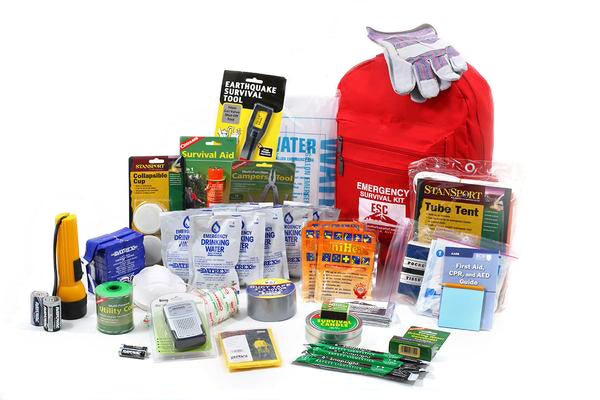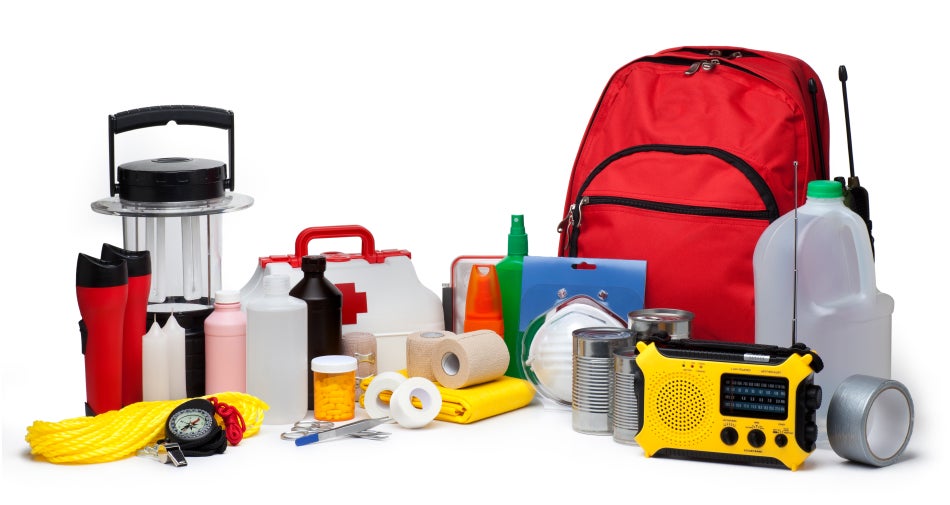Await Anything: Emergency Preparedness Tips for Every Situation
Await Anything: Emergency Preparedness Tips for Every Situation
Blog Article
Exactly How to Develop a Comprehensive Emergency Situation Preparedness Strategy
In the realm of readiness, establishing an extensive emergency strategy is not merely a job to inspect off a listing; it is an important foundation of any kind of organization or person's durability strategy. By diligently crafting a plan that addresses numerous aspects of emergency management, including danger evaluation, interaction procedures, source allowance, and tactical decision-making, one can lay a strong foundation for protecting properties, operations, and lives.
Significance of Emergency Situation Preparedness
Emergency readiness is essential for minimizing potential dangers and guaranteeing the safety and security of individuals and neighborhoods. In today's world, where all-natural calamities, public health dilemmas, and various other emergencies can strike without warning, being prepared can make a considerable distinction in minimizing the effect of these occasions. By having a well-balanced emergency situation readiness strategy in position, organizations and individuals can react properly, protect lives, and decrease property damage.
One of the main reasons emergency readiness is necessary is its function in conserving lives. When emergency situations take place, having a strategy that outlines clear procedures for evacuation, communication, and emergency reaction can assist individuals act quickly and decisively. This can protect against injuries and casualties by ensuring that individuals know what actions to require to stay risk-free
Furthermore, emergency readiness boosts the resilience of neighborhoods. By cultivating a culture of readiness and preparation for various circumstances, areas can recuperate quicker from disasters and disturbances. This resilience is vital for keeping security, continuity of procedures, and overall wellness when faced with adversity.
Assessing Prospective Risks
Thinking about the importance of being planned for unanticipated occasions, the first action in developing an effective emergency readiness strategy entails extensively evaluating and evaluating prospective dangers. This evaluation requires an extensive review of all possible dangers that can influence the company, thinking about variables such as area, sector, and historic information on occurrences. By determining these dangers, organizations can prioritize their preparedness initiatives and allot sources successfully to alleviate the most significant dangers.
Usual dangers that organizations may encounter consist of natural disasters like earthquakes, floodings, or typhoons, technical risks such as power failures or information breaches, as well as human-caused dangers like crashes or deliberate acts of violence. Performing a danger analysis likewise entails thinking about the potential influence of these occasions on the organization's operations, workers, clients, and track record. By conducting a comprehensive threat evaluation, companies can establish customized emergency feedback plans that resolve their specific vulnerabilities and ensure efficient readiness for any prospective situation.
Producing an Interaction Strategy
Developing a extensive and clear interaction strategy is vital for reliable emergency preparedness within companies. In times of situation, communication plays an essential role in making sure the safety and security and well-being of staff members, stakeholders, and the community. A well-balanced interaction strategy should describe clear lines of interaction, mark key workers in charge of interaction tasks, and establish protocols for distributing info promptly and accurately.
One key element of producing an interaction strategy is determining main and alternate communication channels (EMERGENCY PREPAREDNESS). These can consist of e-mail, message messaging, phone trees, social media platforms, and public address systems. It is crucial to guarantee that these channels are trustworthy, easily accessible, and regularly tested to assure their performance throughout emergency situations

Building an Emergency Set
Offered the vital significance of preparedness in times of crisis, a crucial part that companies have to address is the facility of an emergency situation package. When setting up an emergency situation package, it is essential to consider the details demands and conditions of the organization. In addition, organizations need to consist of essential documents, such as contact listings, insurance this hyperlink policy info, and emergency situation feedback plans, in waterproof containers within the set.
Establishing Evacuation Procedures
To make certain the security and orderly emptying of employees during emergencies, companies should establish clear and reliable discharge treatments. Emptying treatments must include a series of potential circumstances, including fires, natural catastrophes, or various other emergency situations that call for quick evacuation.

Additionally, organizations need to establish a system for accountancy for all employees during an emptying to make sure that every person has safely exited the facilities. Interaction plays a vital duty in discharge procedures, with clear directions on how to evacuate and when to do so. Routine evaluation and upgrading of discharge treatments based upon feedback and changing situations are necessary to maintaining the effectiveness of the plan.
Conclusion
Finally, developing an extensive emergency readiness plan is essential for making sure the security and wellness of individuals in case of a disaster (EMERGENCY PREPAREDNESS). By evaluating prospective risks, creating a communication strategy, constructing an emergency situation kit, and establishing evacuation companies, treatments and individuals can be much better outfitted to react efficiently to emergencies. It is essential to focus on readiness efforts to mitigate the influence of calamities and protect lives and building
In the world of readiness, developing a comprehensive emergency situation strategy is not merely a job to inspect off a list; it is an essential keystone of any type of organization or person's resilience approach. When emergency situations occur, having a strategy that describes clear treatments for evacuation, emergency situation, and communication reaction can aid people act promptly and decisively. my company. By carrying out a detailed risk assessment, organizations can establish tailored emergency reaction plans that address their certain susceptabilities and make certain reliable readiness for any kind of possible situation
Creating a thorough and clear interaction strategy is necessary for effective emergency situation readiness within organizations. By examining possible dangers, producing a communication plan, building an emergency situation package, and developing emptying organizations, people and treatments can be much better furnished to respond effectively to emergency situations.
Report this page